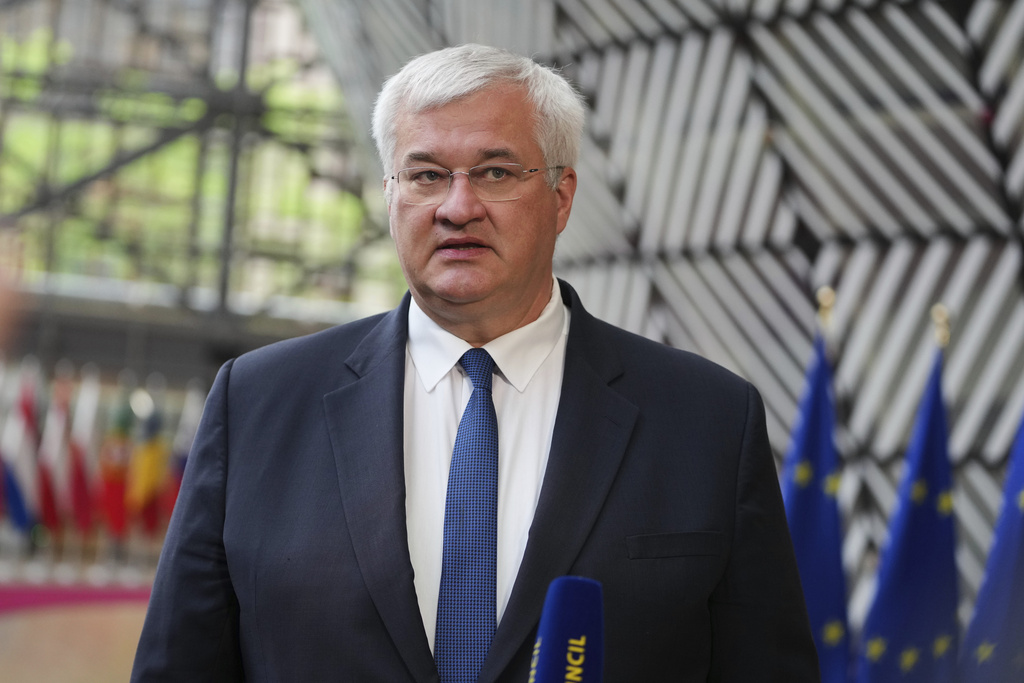Russia Cut Zaporizhzhia Nuclear Plant Off Grid to Link It to Own Power System

Russia has deliberately disconnected the Zaporizhzhia Nuclear Power Plant (ZNPP) from Ukraine’s energy grid in preparation to link the occupied facility to its own power system. The facility, Europe’s largest nuclear station, is now entering its tenth day of operating solely on backup diesel generators.
The Gaze reports this, referring to a post by Ukraine’s Foreign Minister Andrii Sybiha.
In a statement on X, Sybiha said the outage was not the result of damage from shelling but rather a “manual disconnection” carried out as a test.
“Russia’s next step will be even more dangerous: restarting a reactor under occupation – without proper cooling, outside any license, beyond oversight. A reckless move only to serve Putin’s show of control. Such irresponsible actions by Russia increase the risk of nuclear incidents,” Sybiha said.
The minister urged the International Atomic Energy Agency (IAEA) to take immediate measures to secure the site, including guaranteeing safe access for repair crews and providing specialized equipment to restore the remaining backup line.
“Every action taken by Russia is not just a lethal risk, but also paves the way toward a catastrophe. The recent blackout at the Chornobyl NPP, caused by Russia’s strike on a substation, once again demonstrated how Moscow weaponizes nuclear safety,” Sybiha added.
He stressed the need for quickly re-establishing several independent external connections to prevent a catastrophic loss of power at the plant. On September 23, the plant lost its last functioning external power line, while an earlier backup line was destroyed by Russian forces in May.
Ukraine’s state energy operator Energoatom stressed that the external power lines on Kyiv-controlled territory remain fully functional but are being deliberately blocked by Russian forces, who continue to spread disinformation blaming Ukraine for the crisis..
Kyiv has repeatedly raised alarms that Russia’s actions at the Zaporizhzhia plant, seized in 2022, could trigger a nuclear incident with consequences far beyond Ukraine’s borders.
Read more on The Gaze: Russian Threats to NATO and Europe in 2025